`
Technology has undeniably transformed the world over the course of human history. In particular, advances in telecommunications have transformed not only our private forms of interaction but also the development of public life. The inclusion of new media over the course of the past few decades has been the driving force behind the tremendous change to the fundamental categories of our contemporary legal-political order such as participation, representation and even citizenship. The new media have not only altered our daily forms of interaction, both individually and privately, but have also made it possible to create new modes of interaction between a multiplicity of actors in diverse temporal, geographic and cultural spaces. Contemporary academic life is by no means exempt from such developments. Since science and technology go hand in hand, it is difficult to decipher the academic sphere without taking into account the role of telecommunications in the production of knowledge.
The digitisation of archives and the creation of databases; the use of artificial intelligence and machine learning to transcribe, search and cross-reference data; the use of georeferenced information systems; and innumerable specialised applications have all made a large amount of information available that can be analysed based on very diverse interpretative parameters. Without disparaging such advances and what they have made possible up till now, a rather large gap directly connected with the level of communication itself exists. While we have successfully opened ourselves to using new technology to acquire and organise information in different ways but the success in using it to communicate that knowledge has been limited.
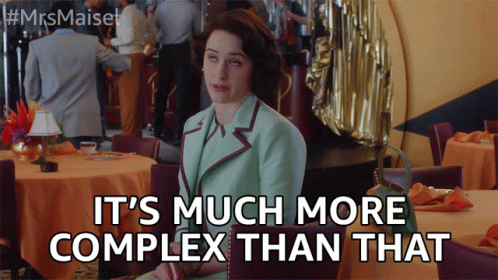
Although the transformations in communication technologies have been overwhelming, academia has been hesitant to embrace these changes and the possibilities new media brings with it to produce not only new narratives but also effective modes of engaging different audiences, e.g. via radio, television, social networks, cinema etc. Despite the increasing number of academics around the world that are using new narratives in their research in very creative ways, there are also a significant number of scholars who are reluctant to the use of alternative narratives as they considered them less capable of expressing social ‘complexity’. This perception is based on the idea that the kinds of narratives these media generates should be confined to the world of ‘entertainment’. Of course, the problem is not only that our work is separated from what is considered ‘entertainment’; the means of circulation have also become increasingly restrictive. The types of media we use to communicate (and construct) our knowledge are primarily of a written form, hyper-specialised and, above all, inaccessible to a large part of the population. Actually, the way we communicate our work most of the time, is usually against the advances other scholars have made in their own research fields, for example, in multiliteracy theory, public history, visual anthropology, critical methodologies, among others.
The inaccessibility of the more traditional approaches is not only due to the preferred media used when communicating our research – journals and books, which, excluding OpenAccess, we have to pay considerable sums of money for – but also closely tied to the use of an increasingly cryptic technical language. Moreover, this hyperspecialisation of academic languages makes it difficult to establish fruitful interdisciplinary dialogues with peers in other fields, which effectively confines our discussions to one’s research peers. This has its pros and cons. For some, hyperspecialised discussions among equally hyperspecialised peers enables a more detailed, in-depth knowledge and greater expertise. For others, this narrow path leads to getting lost in the minutiae and losing sight of the social complexity itself, with its multiple layers, connections and interactions.
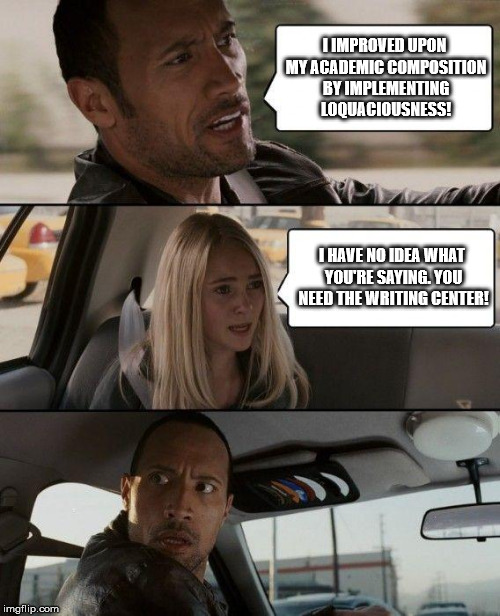
This issue is nothing new, and the vast majority of researchers are aware of it. It has been the subject of articles, manuals, discussion panels and extensive everyday conversations amongst scholars for a number of years now. Some speak about this issue in terms of the ‘crisis of academic publishing’, others speak of the need for more and better spaces of ‘knowledge dissemination’, others of the claim (usually timidly) for structural reforms, and still others simply leave academia and move into journalism or other fields more open to exploring more diverse ways of communication and interaction. Thus, although we are aware of the issue, the solutions we have assumed are twofold: either we complain and, in the best case scenario, engage in exercises of ‘dissemination’ in our own ‘free time’ that tend to be seen as less relevant than ‘real scientific work’, or we leave the academic world to go do something different. This choice is very costly, not only at the personal level but also at the disciplinary one. If the methodological reflections of recent years, especially those exploring the use of creative methodologies in the social sciences, have taught us anything, then it is that the exploration of different media can produce more sophisticated and complex ways of understanding social experience.
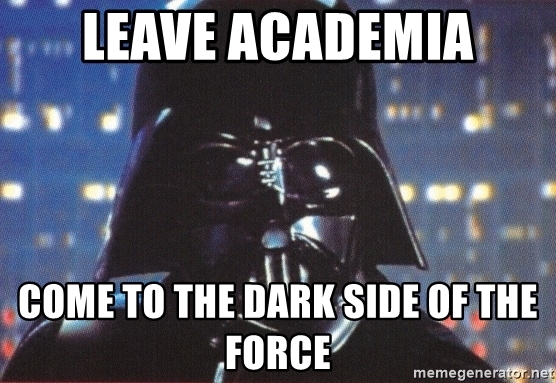
Transmedia HistoryTelling: beyond the dissemination of knowledge
Transmedia HistoryTelling is thus located at the crossroads of the dilemma between staying or leaving. Although the project looks to create new forms of knowledge dissemination in history (especially legal history), this is only a small part of a more complex communicative and reflexive process that finds its basis in questioning the practices in which most historical knowledge, and particularly legal historical knowledge, is produced today.
The project creatively appropriates the concept of ‘transmedia storytelling’, an approach traditionally used to analyse the variety of narratives in the entertainment industry. Here, this concept has been readapted to the academic context in order to rethink both knowledge diffusion practices and collective ways of producing knowledge. Our appropriation of this concept attempts to demonstrate that media and narratives masterfully created by those outside academia – e.g. in the entertainment world – shouldn’t be excluded from the academic context. In that sense, our project takes up the methodological challenge of exploring the multitude of strategies used to tell stories created in fields not traditionally associated with academia, thus aiming to create a plurality of pathways to produce historical work.
But what exactly is transmedia storytelling? Jenkins defines it as follows: ‘Transmedia storytelling represents a process where integral elements of a fiction get dispersed systematically across multiple delivery channels for the purpose of creating a unified and coordinated entertainment experience. Ideally, each medium makes its own unique contribution to the unfolding of the story.’
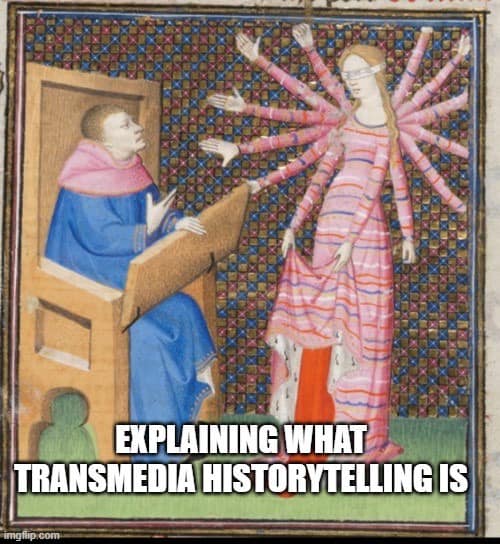
I won’t address the debate here regarding whether or not historical work is fundamentally the creation of a fictional narrative; for the moment, let us just agree on the fact that historical work constructs specific forms of narratives about the past using a variety of methods that change according to the questions formulated by the historians in the present. In our case, these delivery channels are usually the same – the written academic language – and this means that the method used to create that written narrative follows that aim. So exploring the diffusion of new delivery channels (films, comics, analogous games and video games, virtual reality experiences, blogs, expositions, podcasts, etc.) implies very significant changes in the methodology: the inclusion of new kinds of sources not previously considered relevant, the formulation of novel questions linked to this new information, different processes of document organisation and category selection, construction of different sets of data for analysis, the inclusion of new technology, a disparate process of narrative creation, and the list goes on and on. This is why thinking about new delivery channels does not entirely fit with the idea of ‘divulgation’ or ‘knowledge dissemination’, since both of the concepts involve just the final stage of research.
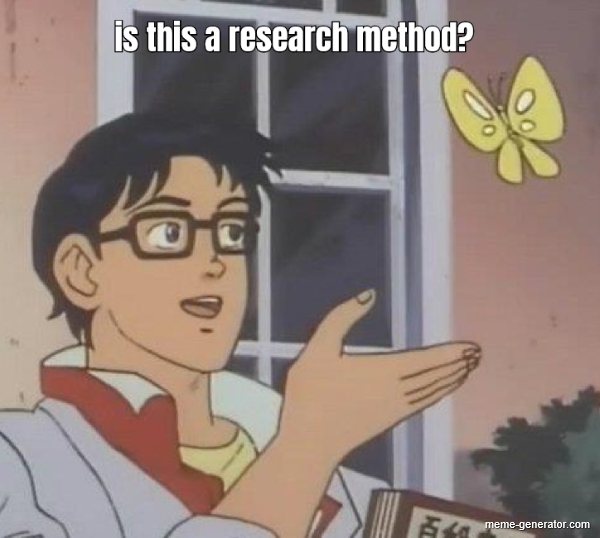
But Transmedia HistoryTelling not only takes the idea of multimodal diffusion from the transmedia storytelling concept. As stated in Jenkin’s definition, each form of media within transmedia communication makes its own and unique contribution to the unfolding of a more comprehensive story, that is, to the ensemble of a story world. Reflecting on how each story can circulate through different media enables the creation of a narrative universe, one in which diverse audiences can immerse themselves in different ways and to varying degrees.
So, how do these principles enable us to rethink traditional methodological paradigms in the field of history? The connection is not particularly difficult to establish. What is history if not a complex story world comprising a multiplicity of other non-linear stories? Is it not our job as historians – regardless of one’s disciplinary focus – to provide a better understanding of those past story worlds? Is it not our job to acknowledge the complexity of those worlds in their multiplicity of perspectives? The multimodality approach in Transmedia HistoryTelling does not aim to tell the same story in a variety of different ways, i.e. using media simply as a means to an end. Rather, it seeks to provide a complex and detailed reflection regarding the role of ‘mediality’ in the construction of specific historical knowledge as well as a commitment to better understanding the multiplicity of perspectives about how the past can be understood and narrated.
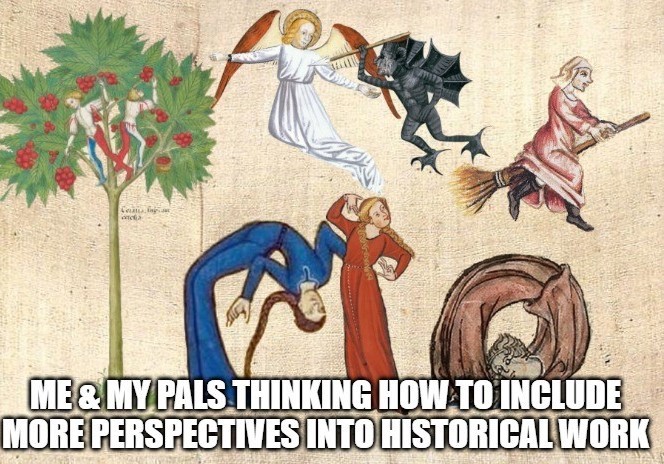
Transmedia HistoryTelling and the politics of interaction
The entertainment industry has done more than just revolutionise the process of telling stories using a coordinated assortment of media. Over the course of the past few decades, the creation process itself has become more and more interactive, and I consider this a significant innovation in the entertainment industry: it has managed to place interaction with the public at the centre of the entertainment experience. This audience-driven approach is produced by very different mechanisms. The detailed marketing studies (which, interestingly enough, more and more former academic social scientists are working on) is only half the story. The engagement in different spaces constructed by the audiences themselves also plays a key role here, for example, in fan clubs, chat forums, fan arts and conventions. This kind of interaction breaks the unidirectional path along which the creative process moves, and the communication that emerges between audience and creator transforms and renews the former traditional narratives. In this sense, the creative process is intentionally constructed in a dialogical form.
The academic forms of communication discussed above do not lack this kind of interaction. Congresses and other academic events are very relevant forums in which academic knowledge is shared and discussed, and it is also very relevant in our day-to-day practices. Moreover, universities and research institutions are places that offer a different form of interaction; they are spaces that allow for an intense exchange of ideas, discussion and creation. So, what´s the difference? Simply put, the diversity of the audience. Our audience is quite small and fairly homogeneous.
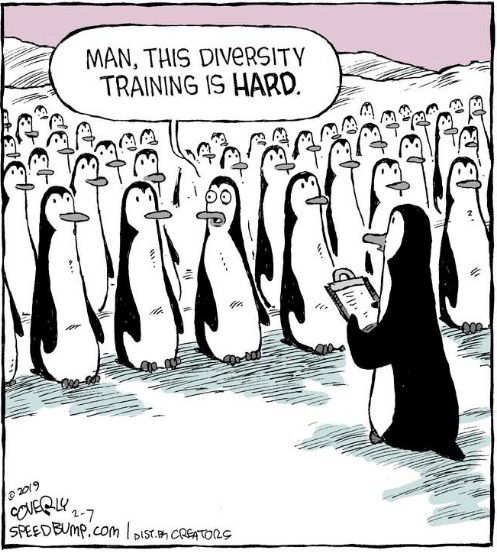
Although in recent years the composition of academia has become more diverse in terms of class, gender and race, and even though some institutions have implemented important initiatives to create a more plural and diverse academy, there are nevertheless a great number of constraints that impede this aim from becoming reality. But even if academia were able to realise the desired plurality and diversity, our research products are still directed at our peers: those who speak ‘our’ language, share similar interests, understand our particular conceptualisations and are interested in very specific dialogues. Moreover, I want to emphasize that this group makes up only a miniscule fraction of the global population.
The transmedia techniques use in the entertainment industry, on the contrary, invest a great deal of time, effort and money in getting to know their audiences. This interest is, of course, not selfless; it is aimed at designing profitable products to make money – a great deal of it. But this non-altruistic aim has enabled the industry to convey their creation to very specific segments of the population in a diversified and pluralistic way. We need to ask ourselves: Is it worthwhile for us to communicate with a more diverse audience? If not, what is the point of accumulating this knowledge and the effort that goes into producing it? What role do academia and research play in this day and age? Why is defending the idea that only peer discussions produce legitimate knowledge? These are by no means minor issues. We urgently need to address these questions, because not doing so, especially in times of crisis, means that those outside of the academic sphere will provide an answer.

All around the world, those working in the humanities and social sciences are feeling the negative impact of decisions made by those in power. They have cut funding for research in these fields because the value and relevance of the kind of knowledge we produce is not apparent. The tragic consequence of the current situation is that we have a great deal to offer society at large. But to do so means that we need to be more in touch with the concerns, worries and insecurities people have. Historical knowledge, for example, can help us as a society to imagine other possible worlds, to provide information that allows us to create new and inventive solutions to contemporary problems.
Yet the relevance of thinking about an interaction-driven scholarly agenda extends far beyond the political sphere; such reflections are also worth pursuing and cultivating for the sake of knowledge itself. The idea of interactivity helps us to push back against the backward assumption that scientific knowledge is produced only in a unidirectional and individualistic way. In our own research, for instance, the emphasis on the role of different scenarios of interaction that can occur via different media not only lays claim to the possibility of expanding the multitude of views concerning the legal-political practices of other societies in the past but also to the possibility of understanding how other audiences can redefine these same phenomena in different ways. The emergence of new media and discussion forums will certainly lead us to innovative questions, new methodological challenges and new sources of information.
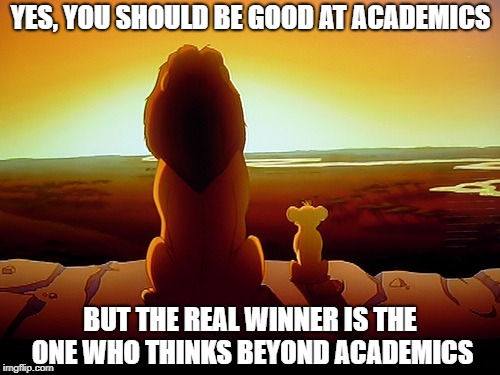
In that sense, this openness to technological innovation can help us to rethink and renew traditional academic practices and discourses. A discontinuous multimodal diffusion involving different kinds of actors allows us to invest ourselves to a greater extent in collaborative methodologies and encourages further ethnographical interpretations of our data. More often used and developed in other disciplines, in our case, such methods are crucial at a time when global (legal) history is becoming more influential in the intellectual arena, which harbours the possibility of (re)producing new forms of epistemic colonialism in local contexts. Via the implementation of collaborative research, Transmedia HistoryTelling seeks to include new actors, new questions and more diverse interpretations about the past with the aim of constructing more horizontal relationships in global knowledge production.
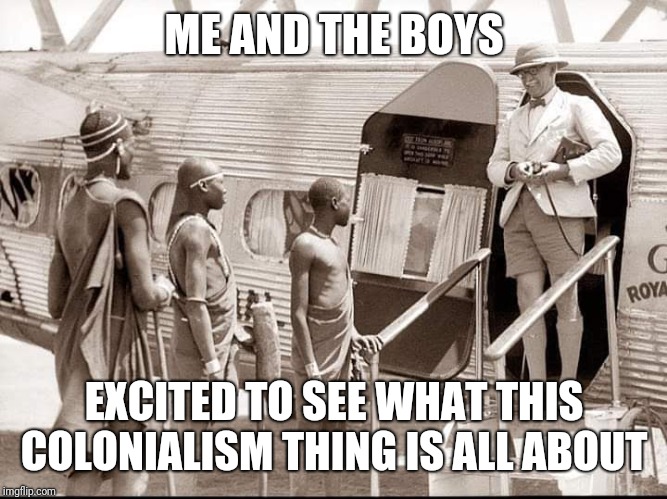
However, the sky is not the limit. Transmedia storytelling techniques used in historical work are unlikely to produce a clearly articulated and completely coherent set of stories within a narrative universe in which the sharing of ideas and opinions no longer generates conflict and tension. Just as in the entertainment arena, the different stories that are created (interstitial, parallel, peripheral or user-produced microstories), not to mention the interpretations made from them by a diverse audience, can become confrontational.
Transmedia HistoryTelling embraces this lack of linearity as an added value. Instead of avoiding confrontation, we welcome the epistemic diversity produced by the plurality of narratives and interpretations of social phenomenon. This feature might also help us to come to terms with another major problem of Western historical work: the linear conception of time constantly reproduced in argumentative writing. This limitation has most successfully been overcome in other types of narratives and would certainly benefit historians when knowing how to use this other languages. Think, for example, of the images included in this text. I´m sure you have noticed the memes and interpreted them in specific ways. The intention behind the use of these pedestrian images (maybe tacky for some) is to show how they able to unfold the story I am trying to tell in here through different channels and how these channels involve different ways of understanding time, space and subjectivity. While reading about Transmedia HistoryTelling, you have read not only the written part but also the images: they evoke different historical periods (contemporary, modern and even medieval), contain pop cultural references possibly linked to your own experience with other personal chronologies (childhood, youth, adulthood), have made use of cultural references from different parts of the world and, for some, have even made visible our cultural or generational differences. I also hope the images have helped you to establish an emotional connection – hopefully some of them enjoyable – to the project, and, above all, to demonstrate just how complex a narrative can be. While each of these stories can be “read” separately and analysed in different ways, both stories are part of what Transmedia HistoryTelling is now and will become.
This is just the beginning of a very ambitious project, and these are only two of the many complex issues we have started to reflect on and engage with. While there is still much for us to learn, we hope that you accompany us on this journey. In the meantime, don´t miss our videos and don’t hesitate to share your thoughts using the media you prefer.

Cite as: Escobar Hernández, Karla L.: What is Transmedia HistoryTelling about?, legalhistoryinsights.com, 05.11,2021, https://doi.org/10.17176/20211105-181053-0

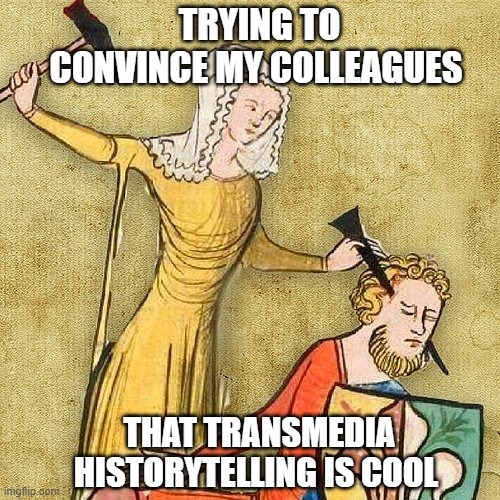

 This work is licensed under a
This work is licensed under a 